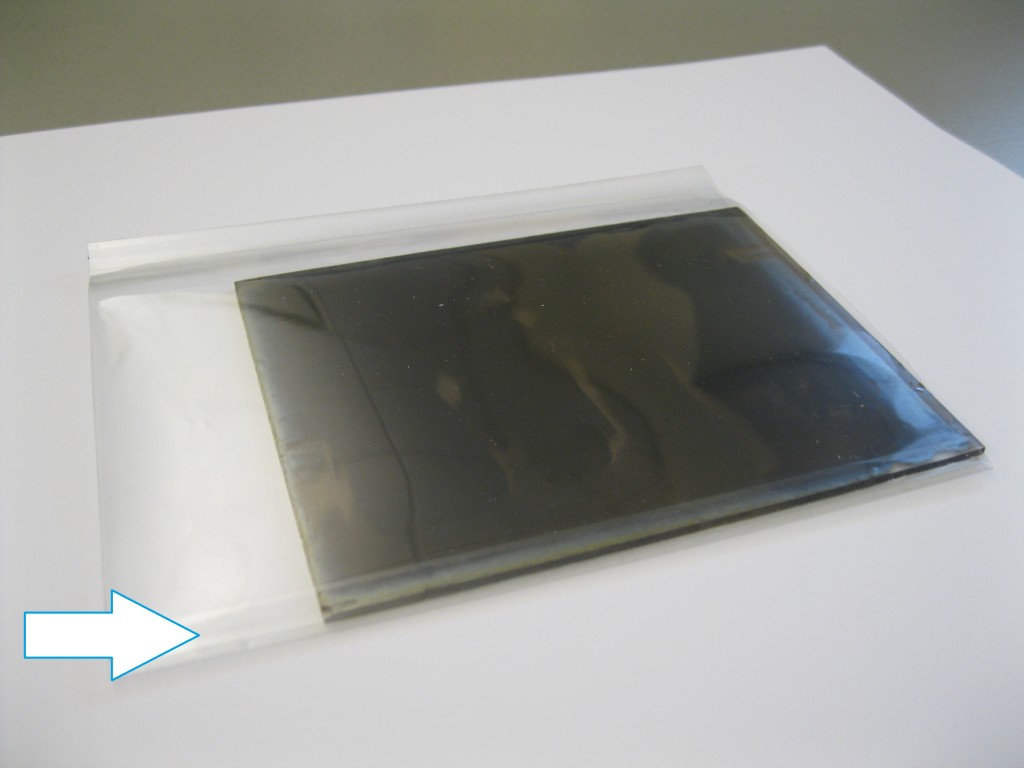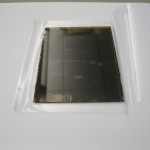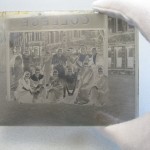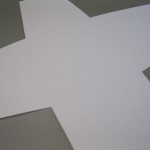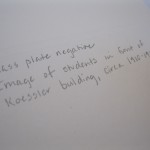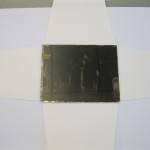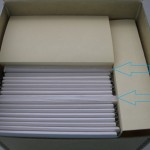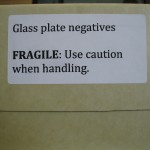The D’Youville College Archives has a small collection of glass plate negatives. The techniques shown below provide a brief introduction in handling glass plate photographic material. Note: These glass plates were small, with no cracks or breaks. For information on the handling and storage of large and/or damaged plates, see Further Resources below.
Further Resources:
- Care of Photographs, Northeast Document Conservation Center. Preservation leaflet 5.3
- How do I House Glass Plate Negatives?, National Archives.
- Photographs: Archival Care and Management, Mary Lynn Ritzenthaler and Diane Vogt-O’Connor. Chicago: Society of American Archivist, 2006.

